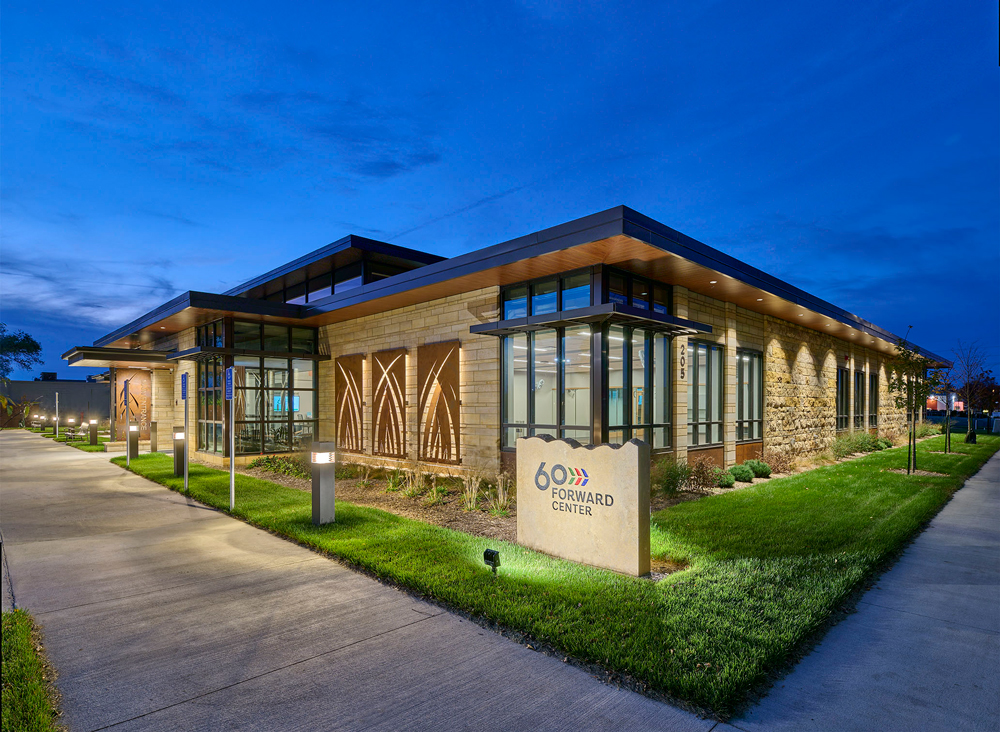Connectivity is vital for data centers

Business Record Staff Nov 21, 2017 | 12:00 pm
2 min read time
577 wordsBusiness Insights Blog, ColocationBY DAN KURTZ, Vice President of new business development for LightEdge Solutions
When you call customer service, you expect someone to answer the phone and address your complaint.
But even more importantly, if you dial 911, you want the call to go through in the case of an emergency and help to arrive when and where you need it.
The ability to make this happen is a result of good connectivity for your call center and data center that house your company’s applications. Today connectivity is more important than ever. If you don’t have the proper network design, your business operations might not be accessible or operate to their fullest potential. As an example, hospitals could lose their ability to transfer and receive data about patients if connectivity to their critical applications that reside off-site are compromised.
“People’s lives are in your hands, so you’d better make sure those applications are available to access,” said Greg Elliott, LightEdge’s director of business development for data centers.
If your business relies on a call center, a lack of connectively could mean 1,000 agents could no longer transfer and route calls.
“They can’t do their job,” Elliott said. “That can cost a business thousands, if not a million dollars, per minute or per hour.”
All of this ties to your data center’s business communications plan. When searching for a colocation center, make sure it has a good network strategy and is carrier neutral, meaning there are multiple carriers and Internet service providers that transfer data into and out of the data center.
“The more neworks that are there, the more options for customers to connect to their critical applications, whether they reside within the data center or within a different cloud elsewhere,” Elliott said.
The network also needs built-in redundancies. This means multiple pathways for data to travel in and out of the facility and diverse pathways that include network paths. This should prevent an outage if a backhoe or another piece of equipment severs a network line. At a minimum, there should be dual points of entry into the facility.
It’s also important that the colocation data center is carrier neutral, Elliott said. This means that center allows multiple carriers or Internet providers – such as AT&T, Unite, Verizon or Level 3 – for customers to select from and that the data center isn’t trying to compete with those carriers. At the bare minimum, a facility should have two carriers. Not all data centers are a carrier neutral facility, so ask if yours is one before selecting it.
A carrier neutral data center can blend together these carriers or the customer can choose to directly connect with individual carriers and networks, which builds more redundancy into the system.
“This helps guarantee connectivity isn’t going to go down,” Elliott said.
Overall, ensure your colocation data center has redundant carriers and redundant points of entry into the facility with multiple types of connections. This will prevent a loss of business or risk to the health and safety of your customers’ data flow if there is a disruption with the network – either through loss of a carrier, a point of entry into the facility or with the connection itself.
Next month:
We’ll continue our discussion about communications and connectivity within your data center and the things to look for to ensure a center has what you need to keep your network moving and your business operating.
 |
Dan Kurtz View Bio |











